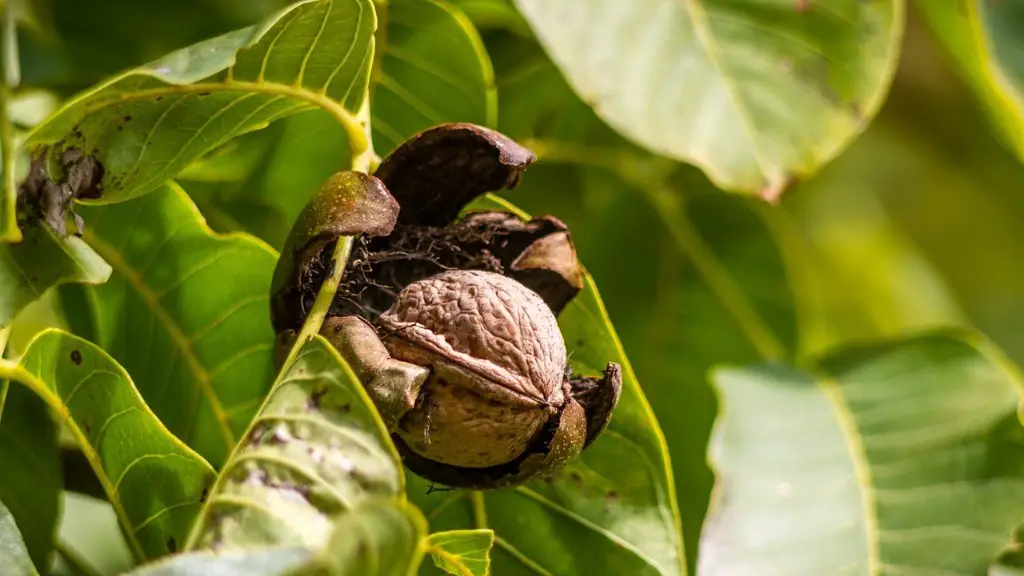A common problem amongst gardeners and citrus growers is the curling of leaves on lemon trees. The leaves may look distorted and can be a bit worrying. Many reasons can cause this leaf curling and understanding them can help us tackle this issue.
The first factor is environmental stress. Lemon trees are sensitive to changes in temperature, water and light. If the temperature is too high and the air too humid, the leaves may start to curl. Lemon trees also tend to respond to water stress, so if the tree is thirsty, the leaves will let you know by curling up. The same applies if the light is too strong, as the leaves may try to fold up to protect themselves.
Next is nutrient deficiency. Nitrogen is key for the growth of a lemon tree and lack of it causes the leaves to curl. Other essential nutrients like magnesium, boron and iron are also important, as they are necessary for healthy leaves. Generally, a lack of these important elements in the soil can increase the risk of lemon tree leaves curling.
Another key factor to consider is pest or disease attack. Aphids and scale insects are some of the common pests that affect lemon trees and make their leaves curl. Additionally, diseases like citrus blight and fungus root rot can cause lemon tree leaves to curl. Treating the tree with a suitable insecticide or fungicide will usually do the trick.
Furthermore, lemon tree leaves can curl due to incorrect pruning. Removing too much foliage or branches from a lemon tree can cause the leaves to curl, as it places extra stress on the tree. To avoid this, always carry out pruning carefully and consider the needs of the tree before cutting away any branches.
Finally, some lemon trees may naturally produce leaves that look curled. This is a quite common occurrence in certain floral varieties and is completely normal. If the leaves seem healthy and green, there is probably nothing to worry about.
Factors that Lead to Lemon Tree Leaves Curling
Environmental stress, nutrient deficiency and pest or disease attack are some of the main causes of lemon tree leaves curling. The plants are particularly sensitive to excessive heat, humidity and light, so any sudden increase in these elements can affect their leaves. In addition, shortage of essential nutrients can also lead to leaf curling due to lack of nutrition. Last but not least, pest and disease attack should be taken into account, as they may cause the leaves to curl.
How do We Prevent Lemon Tree Leaves from Curling?
In order to prevent lemon tree leaves from curling, the right maintenance measures should be taken into consideration. First of all, the tree should be allowed to grow in optimal conditions, with adequate temperature, light and water. In addition, the soil should be examined for any deficiency in essential minerals and nitrogen, and supplementary nutrition should be provided if necessary. Furthermore, it is also important to keep an eye out for any potential pest or disease attack as these can make the leaves curl. Finally, pruning tasks should be user with caution and judiciously, making sure not to remove to much foliage or branches at once.
How to Manage Lemon Tree Leaves When They Curl
If the leaves start to curl, it is likely that some maintenance or intervention will be necessary. First of all, the tree should be protected from any further environmental stress by ensuring it is not exposed to excess heat and light. Furthermore, the soil should be tested to identify any deficiency in important minerals. A suitable treatment should be carried out in order to add more minerals and essential elements in the soil. In addition, it may be necessary to treat the tree with an appropriate and certified pesticide or fungicide to protect it from any pest or disease attack.
How to Determine Whether Lemon Trees Have Curled Leaves Naturally
Sometimes, the lemon tree leaves will curl as a part of their natural growth pattern. To determine whether this is the case or not in your citrus tree, taking a close look at the leaves is essential. The leaves should be of a nice green color and in good health for this to be the case. In addition, you should inspect the tree for any signs of pests, diseases or deficiency in essential nutrients. If none of these appear to be present, then the curling of the leaves is natural and should not be a cause of concern.


